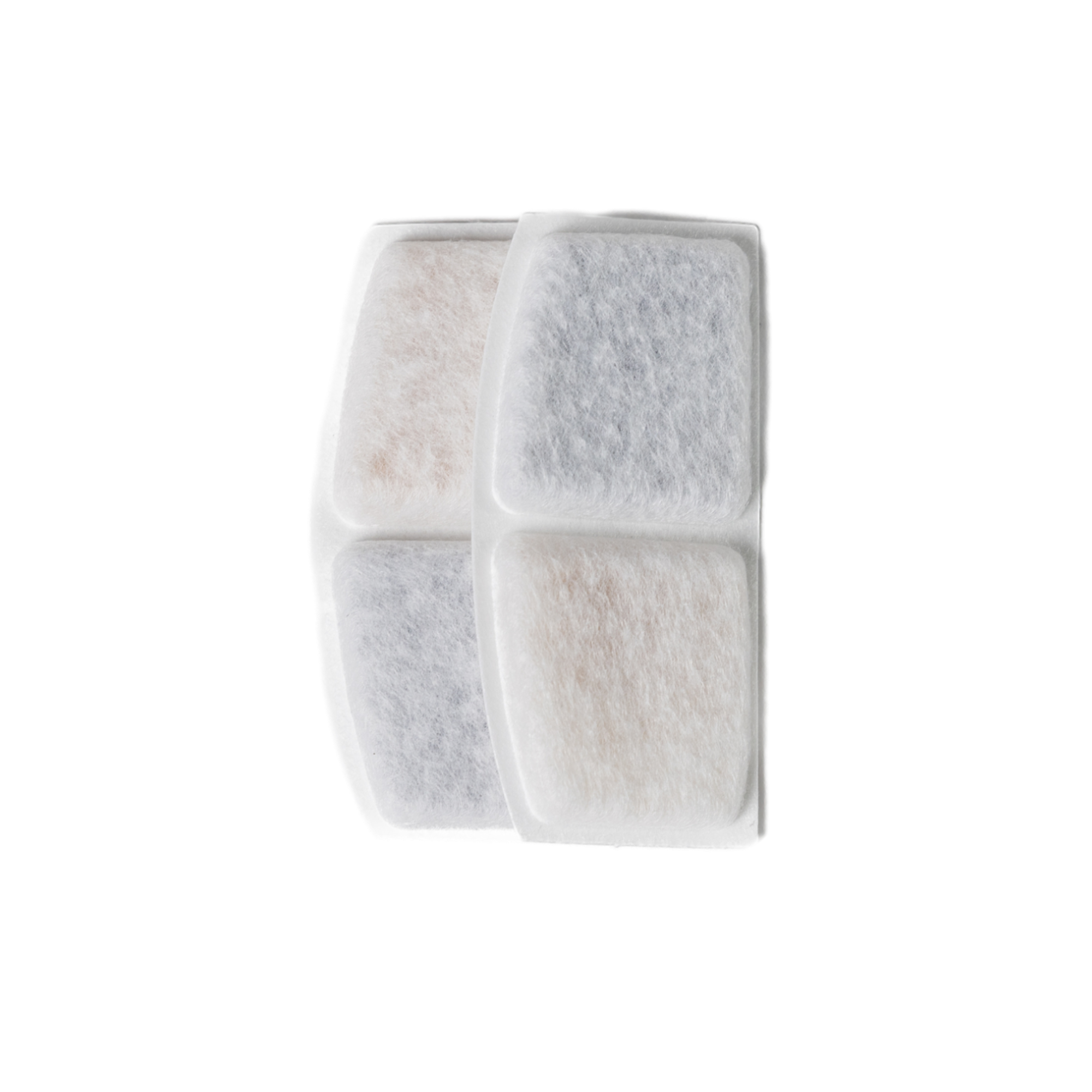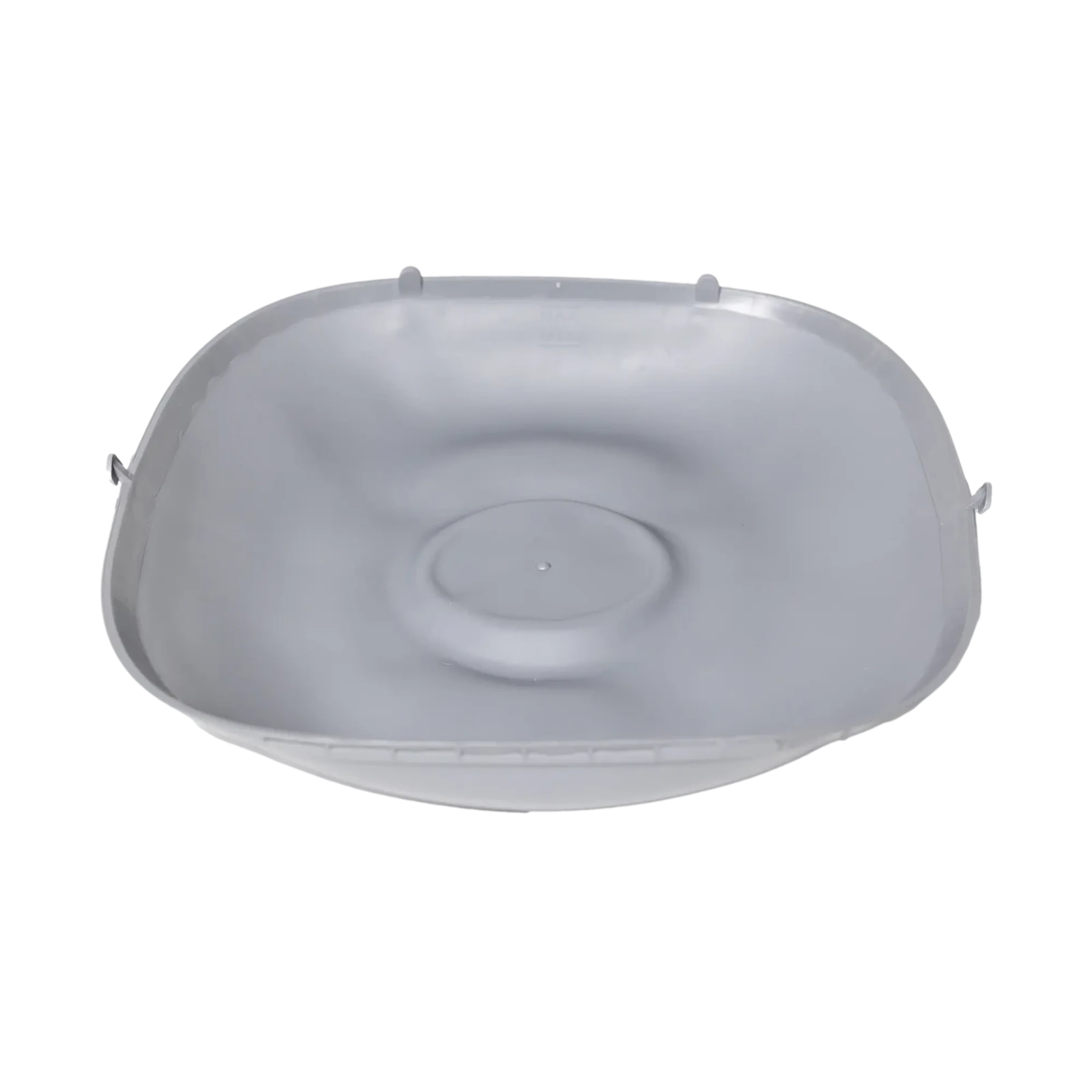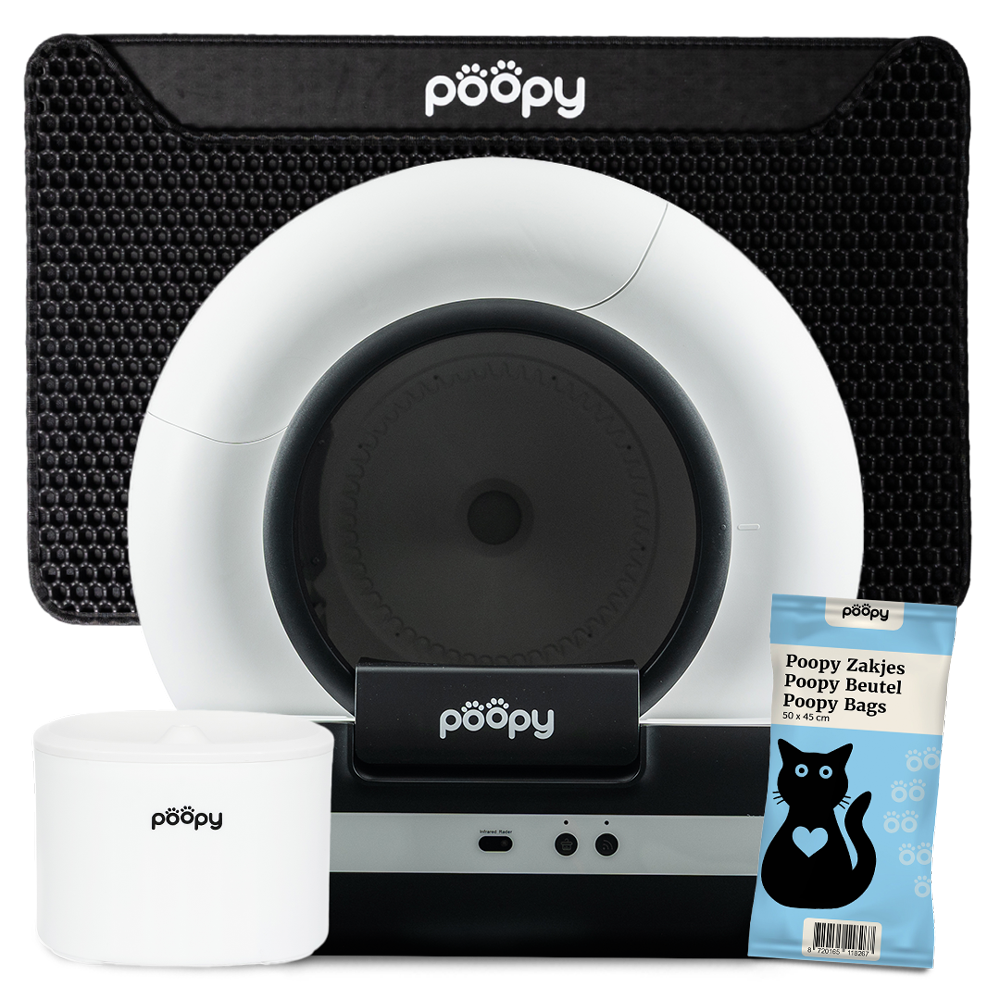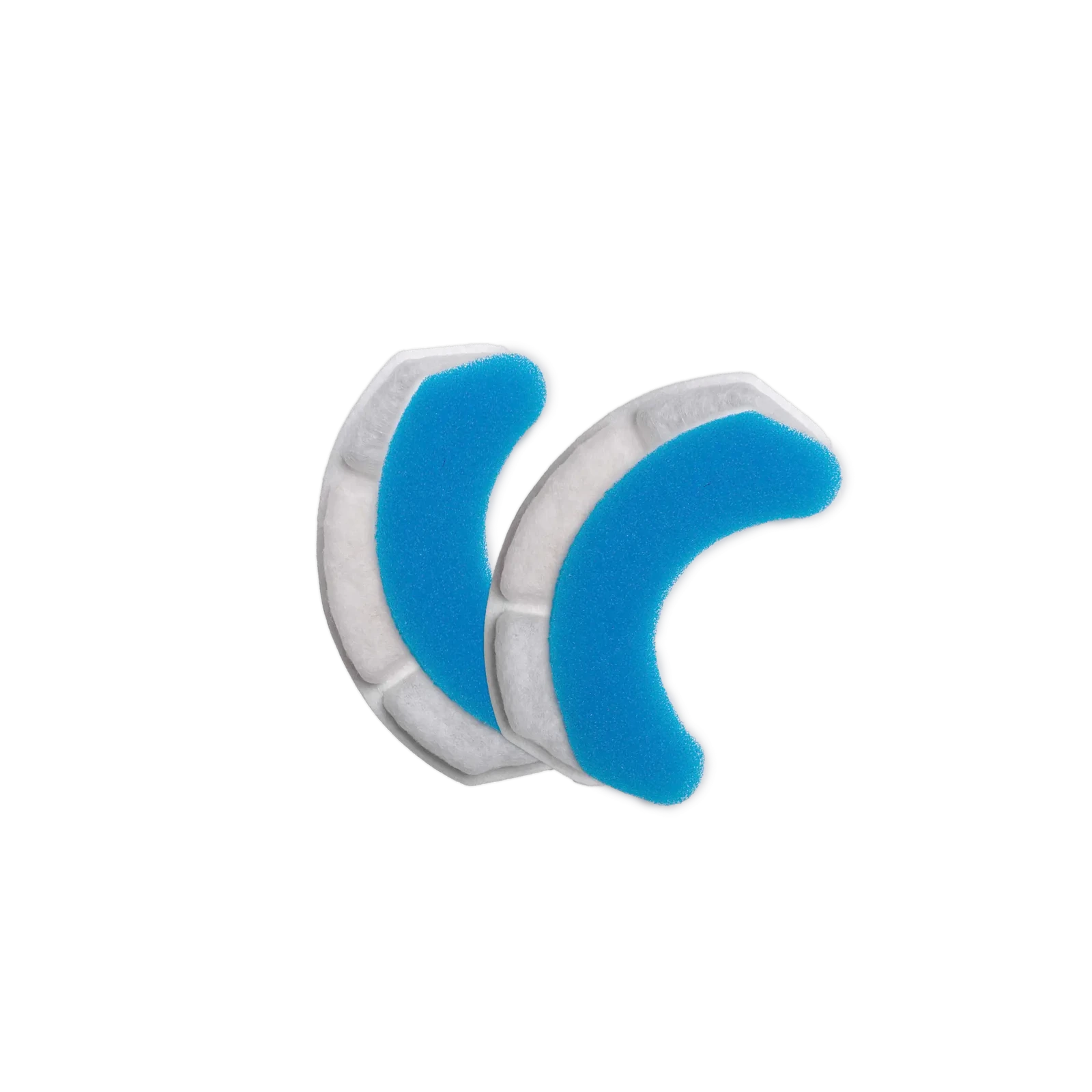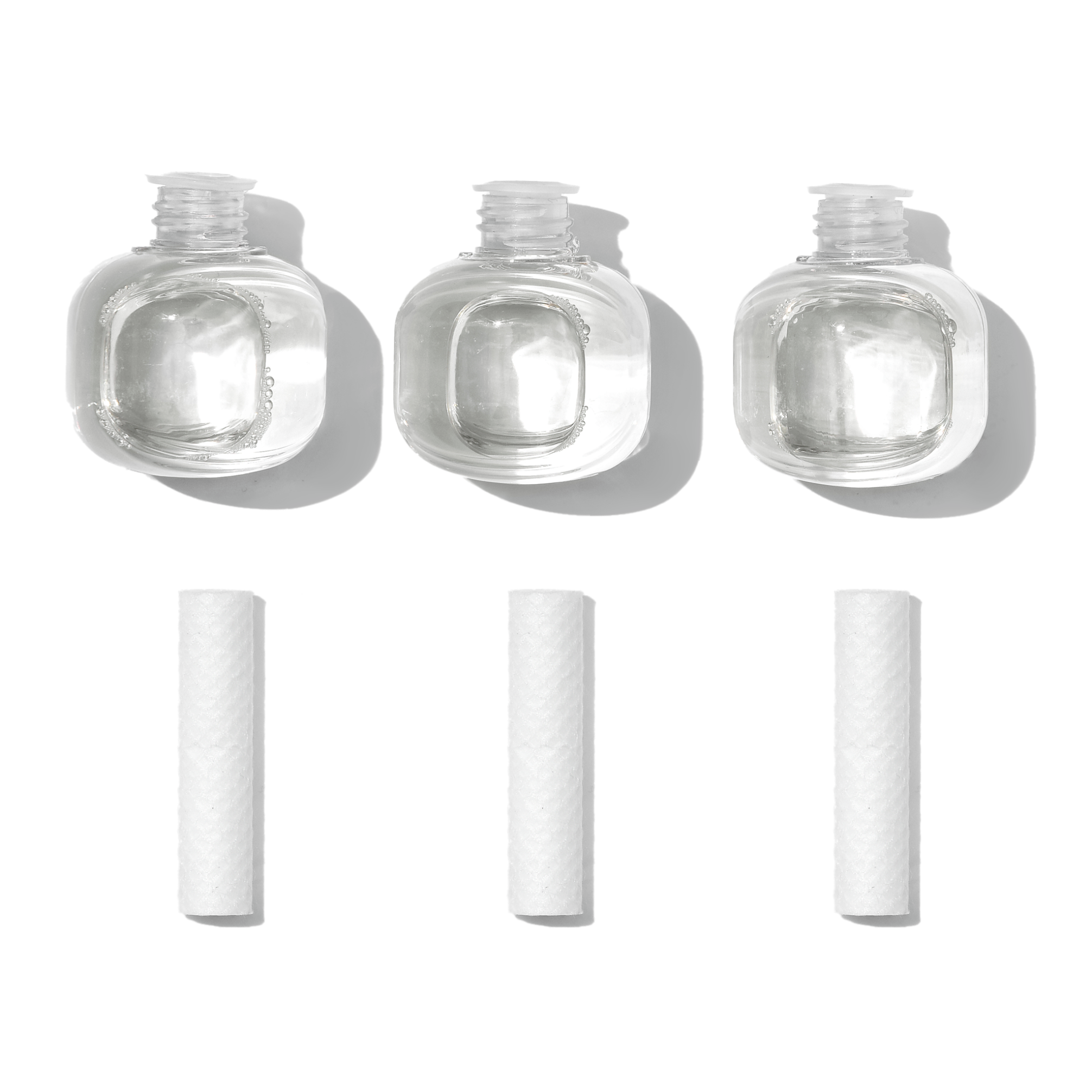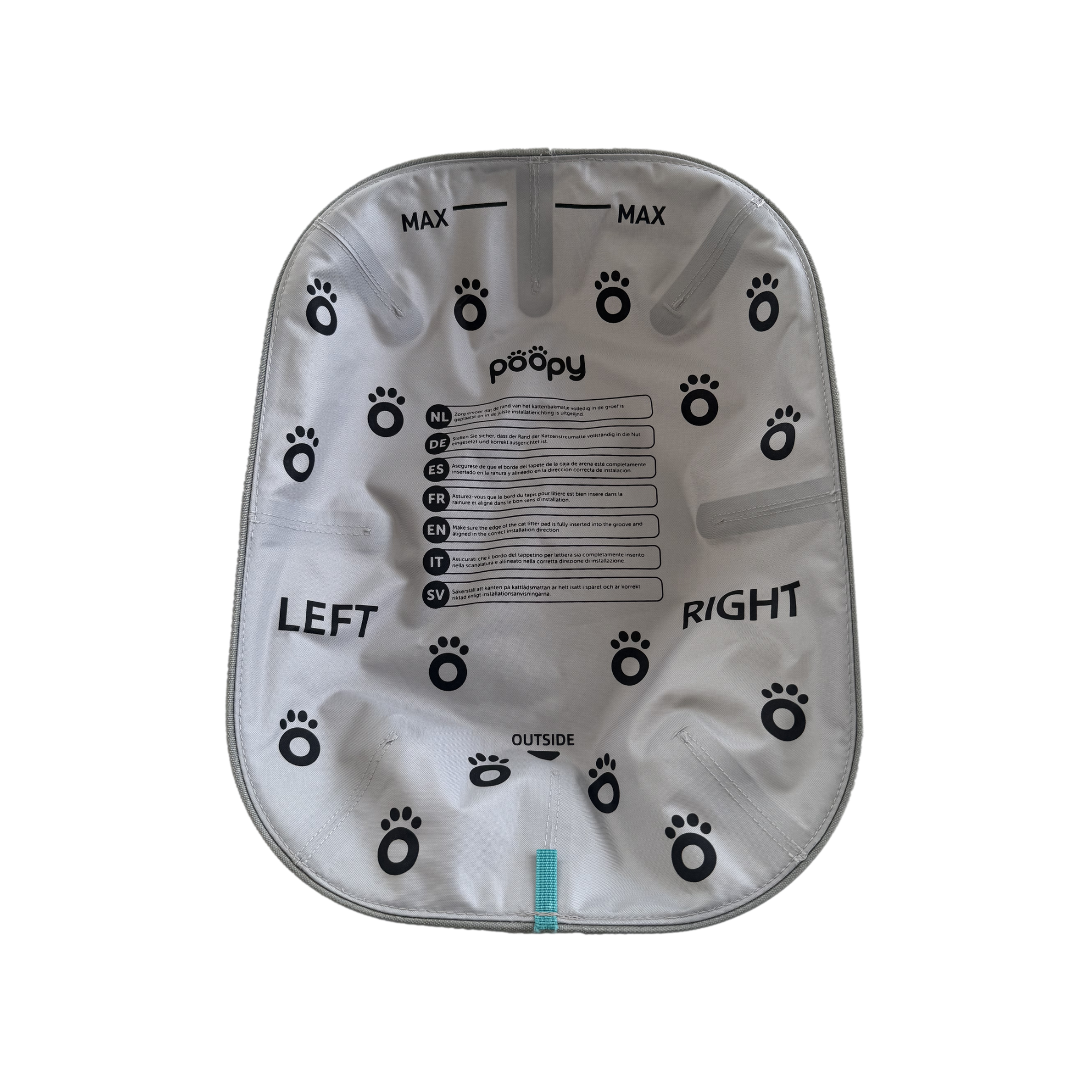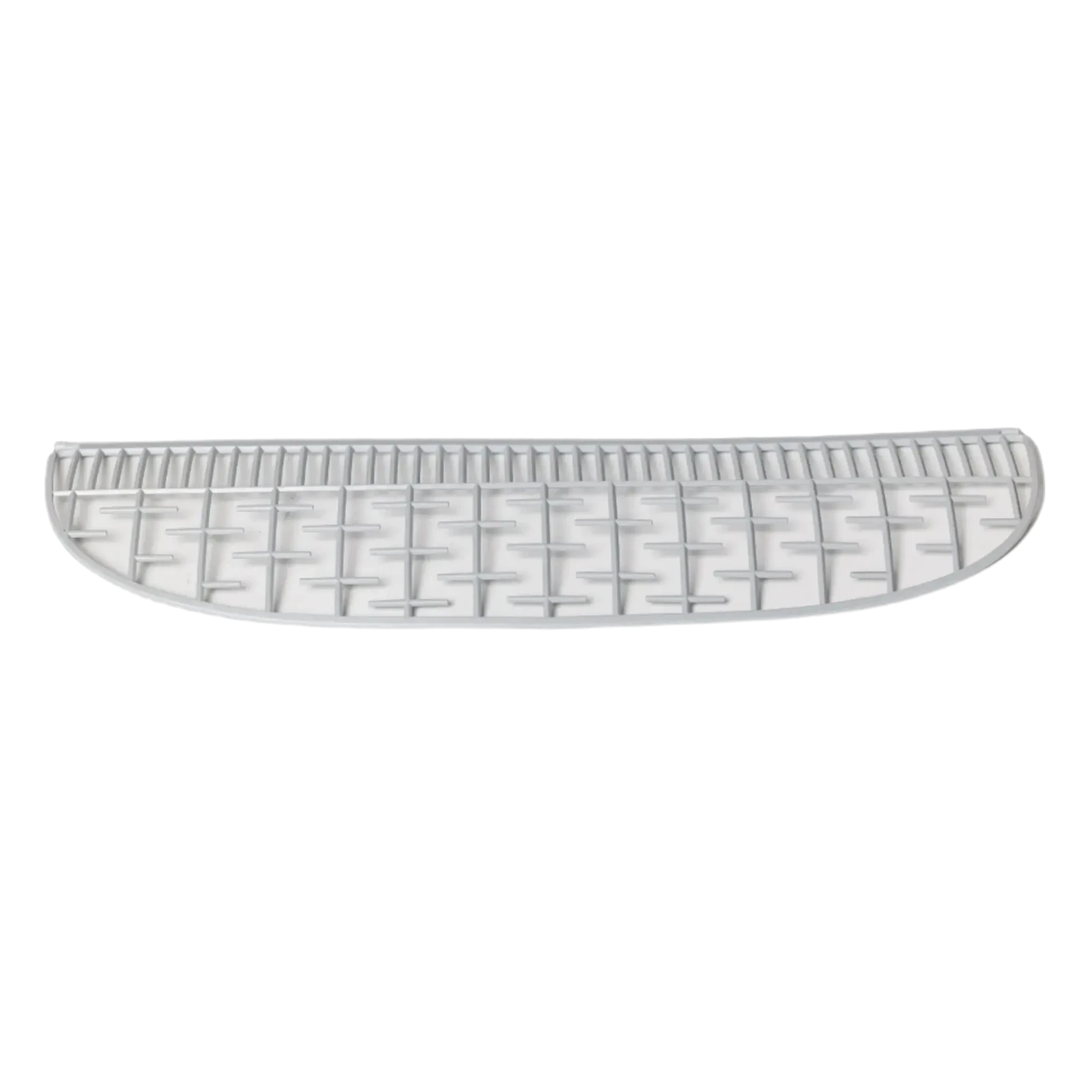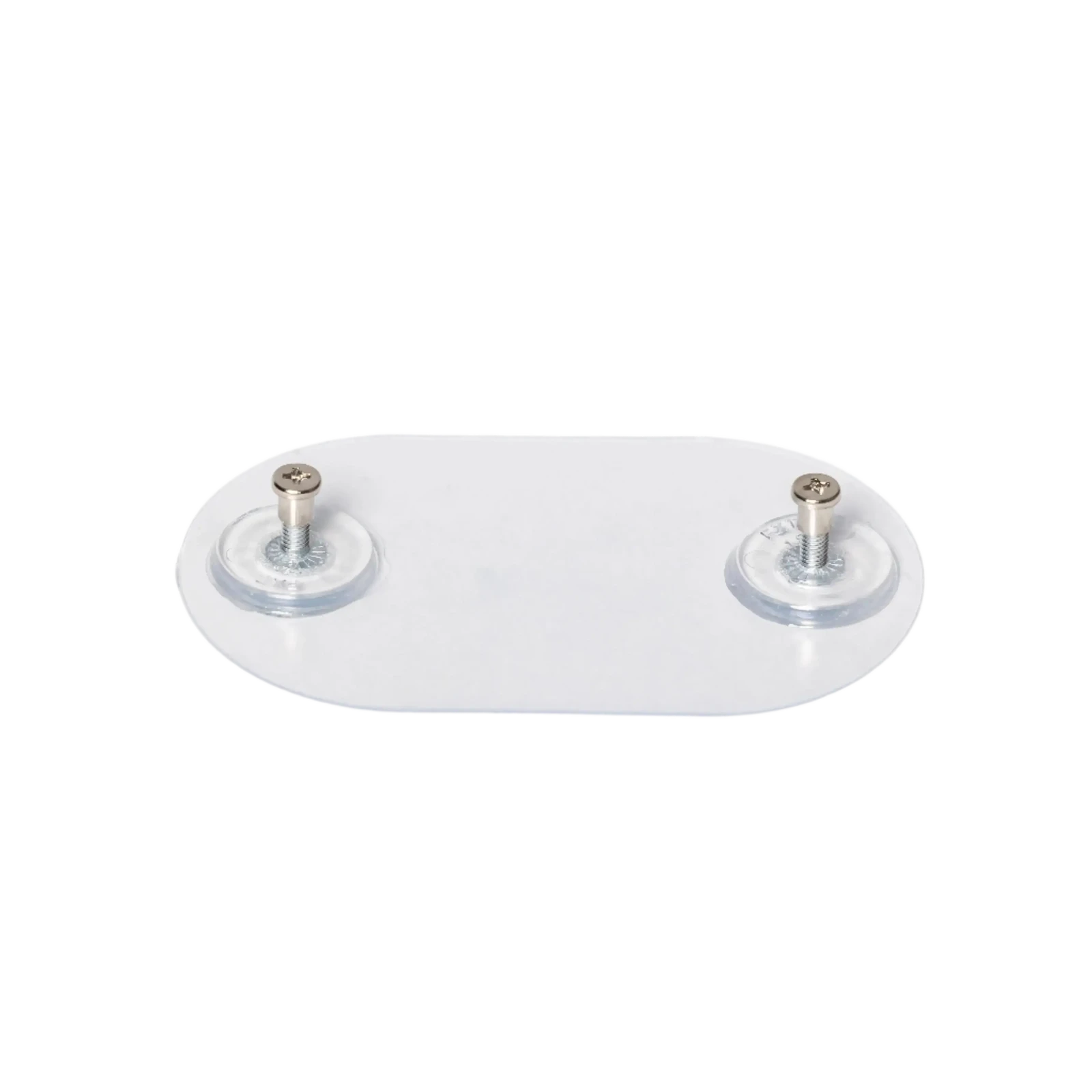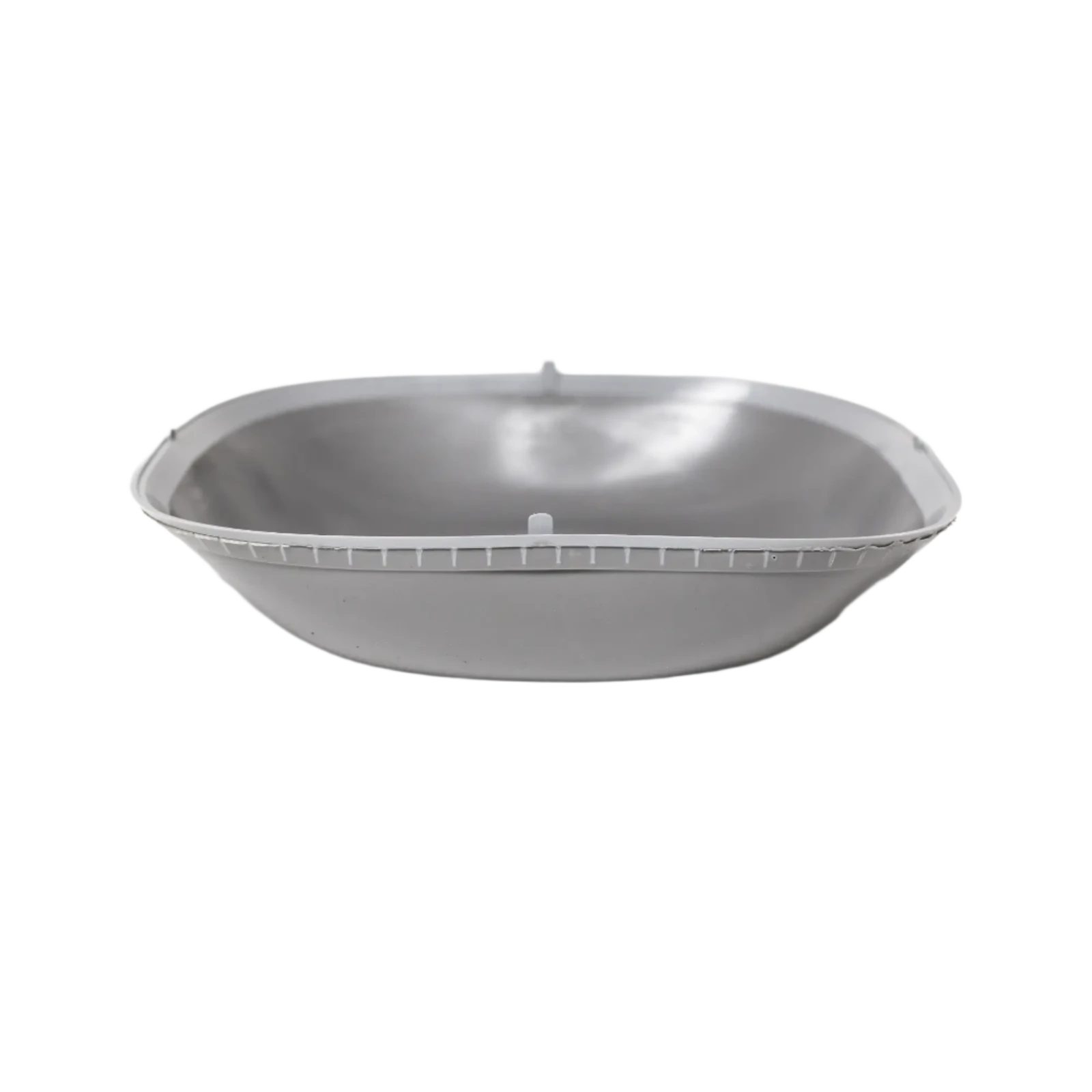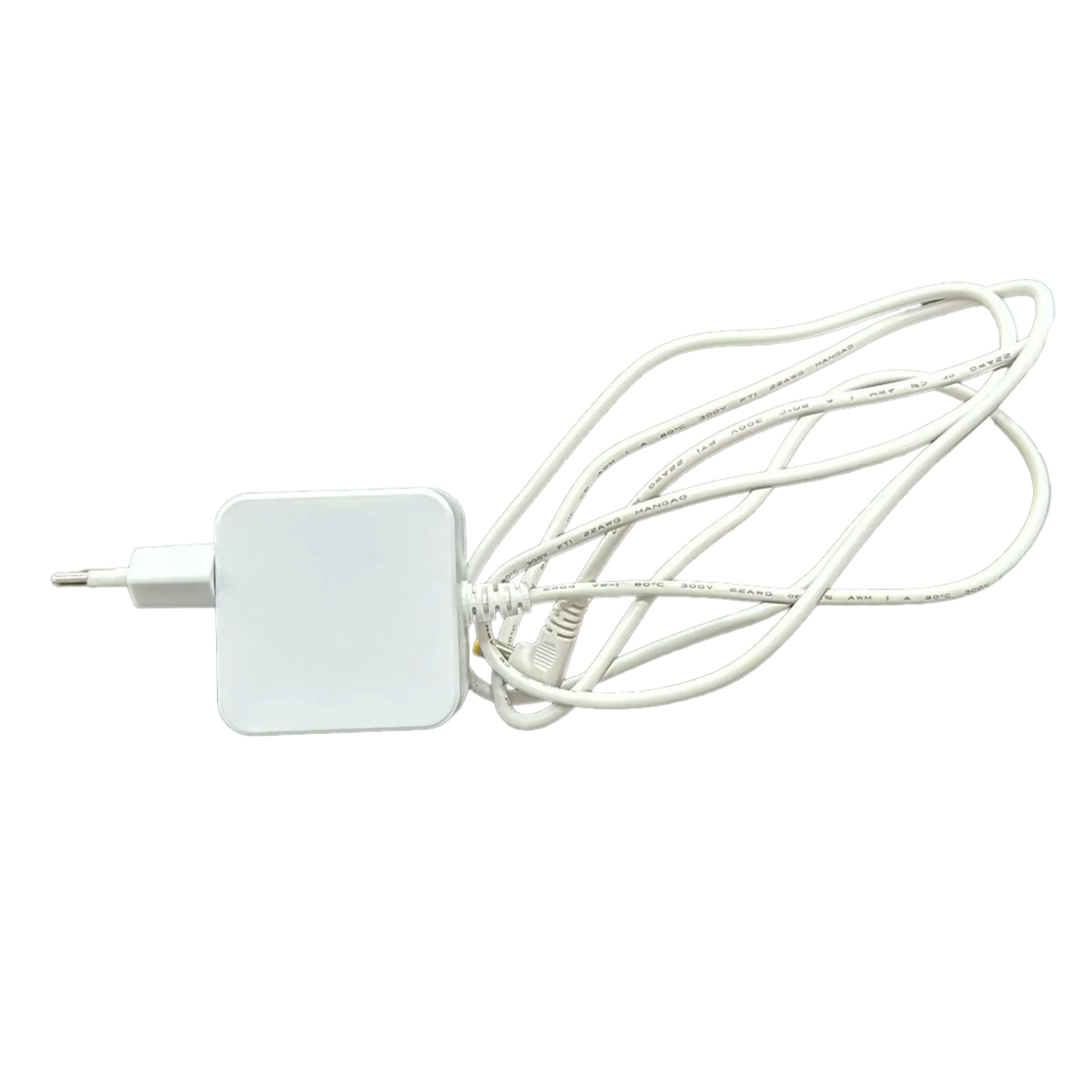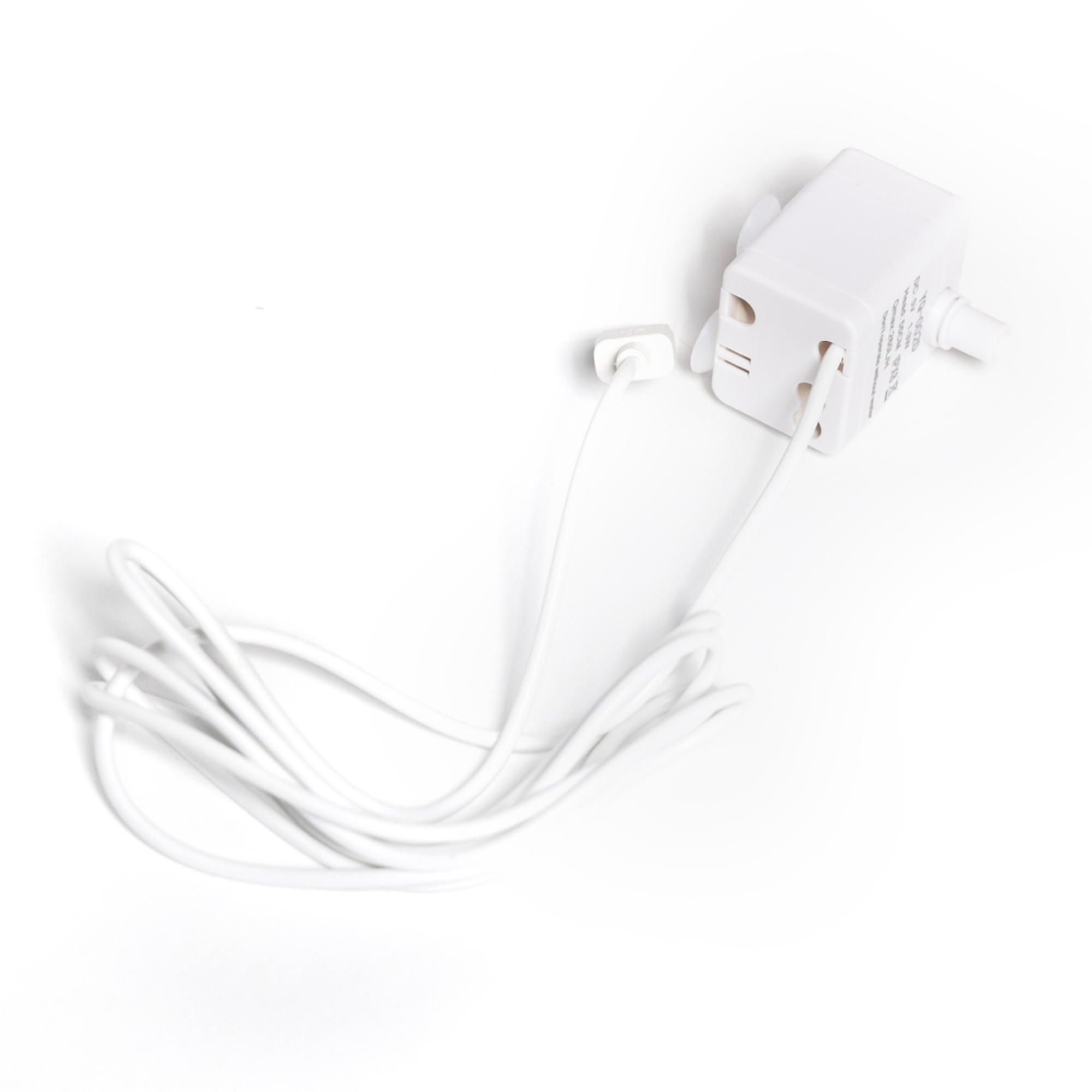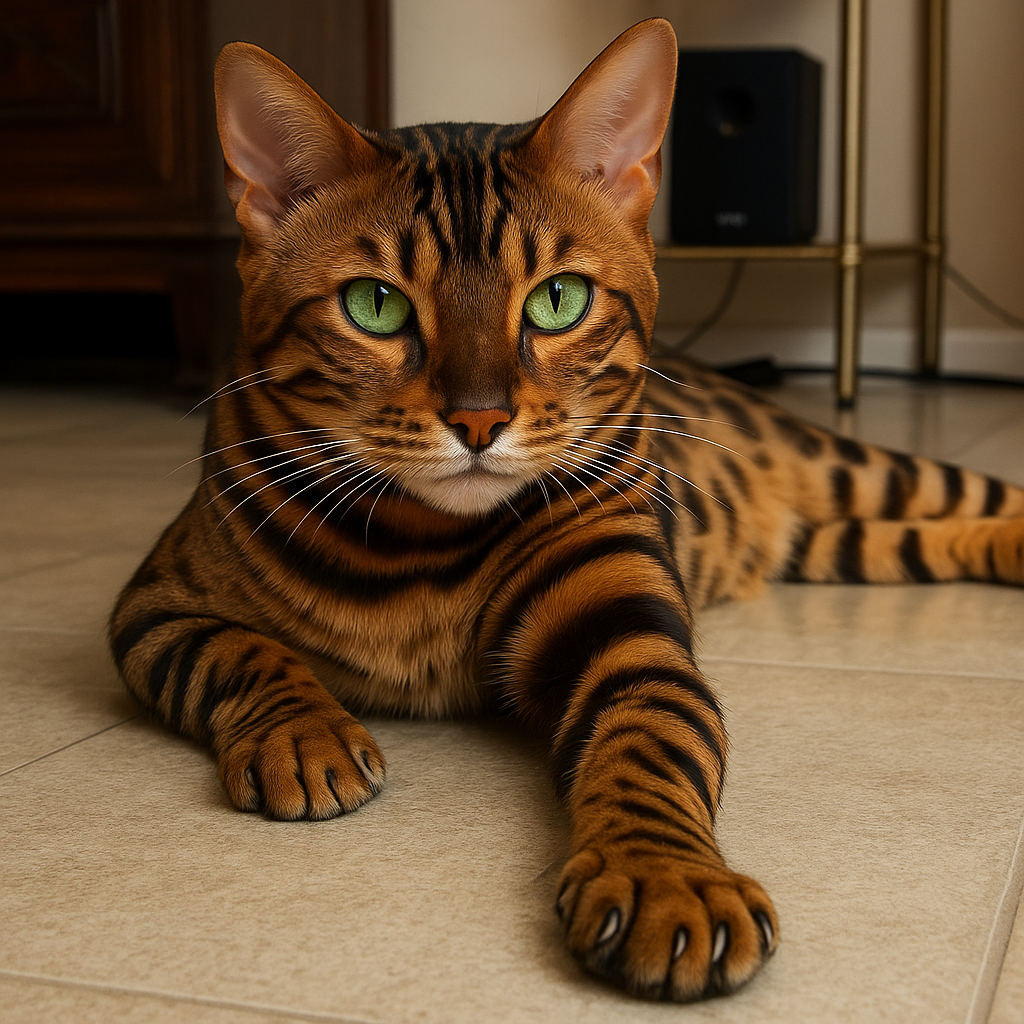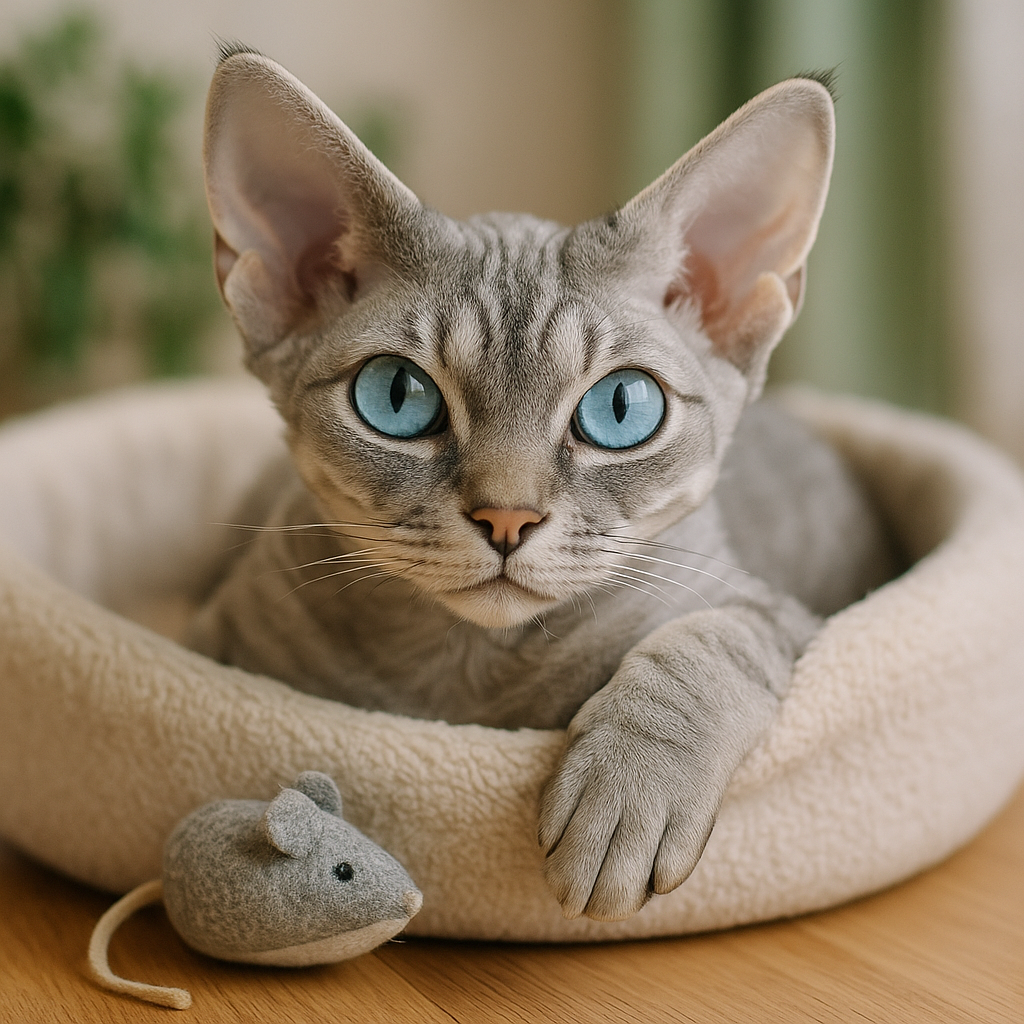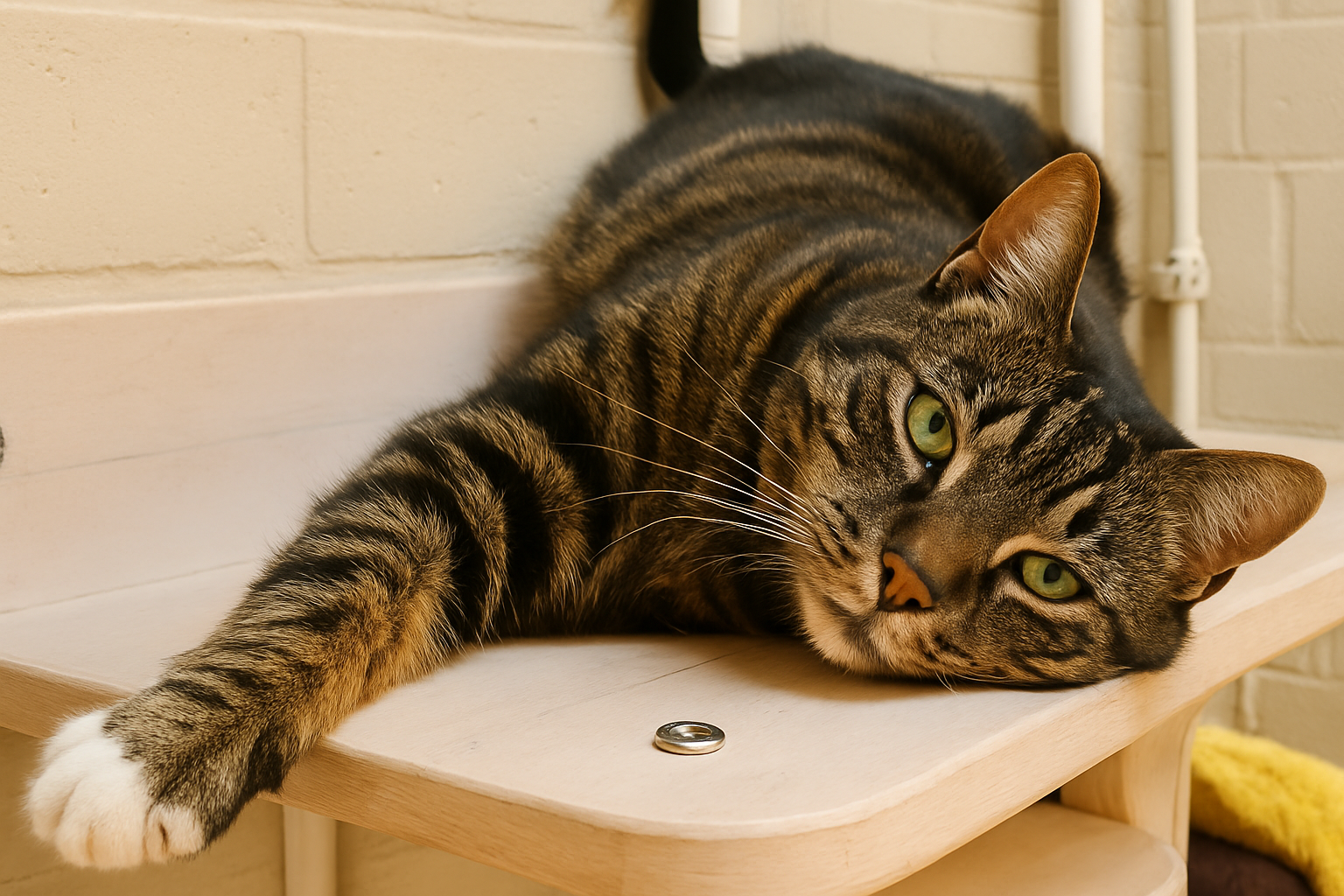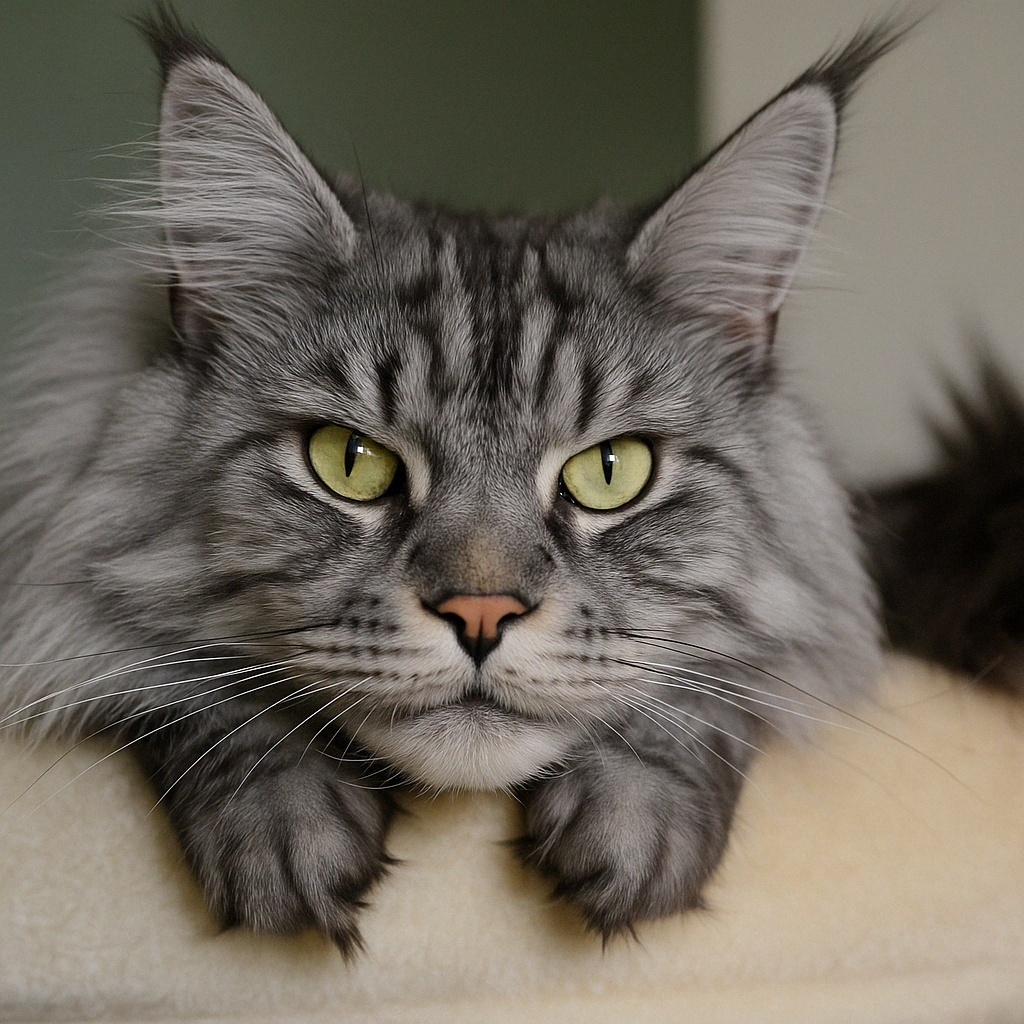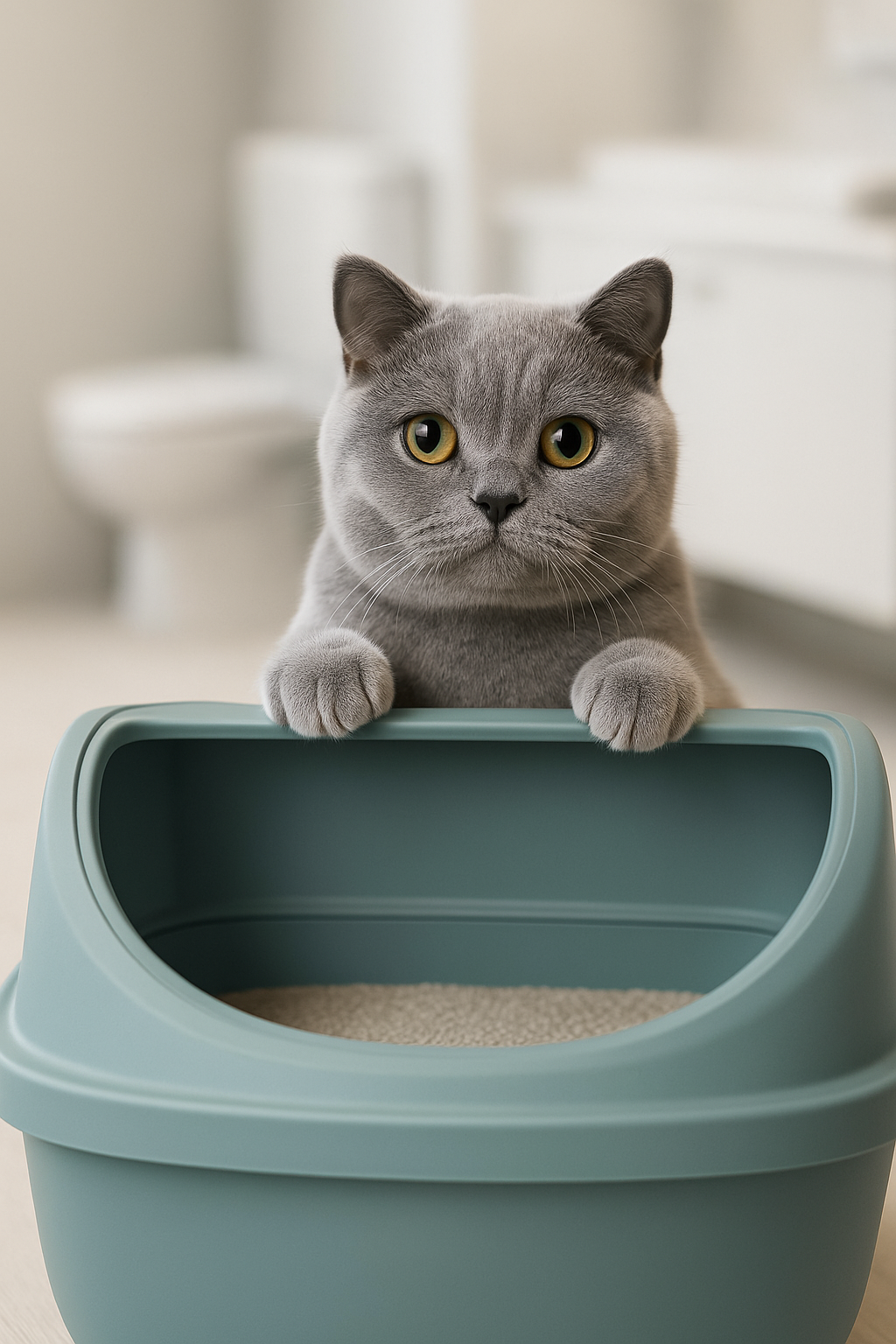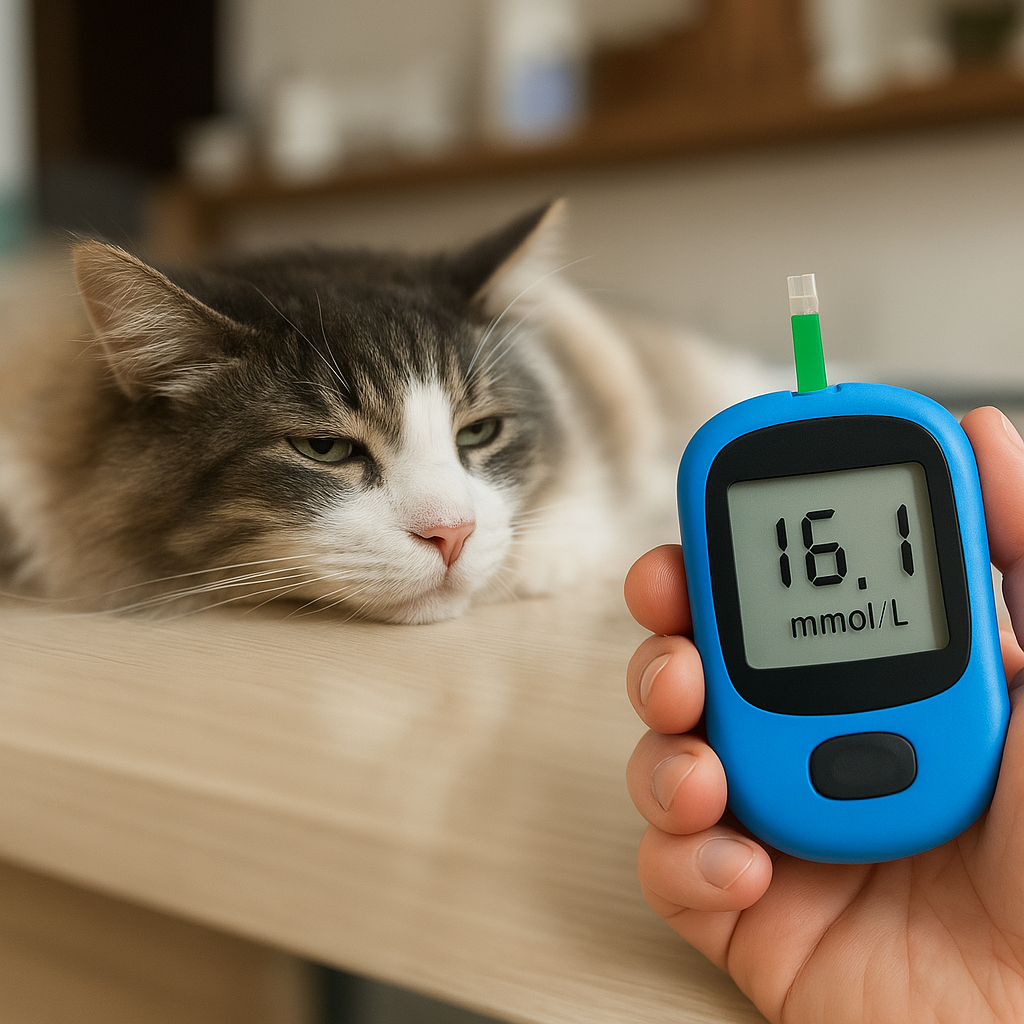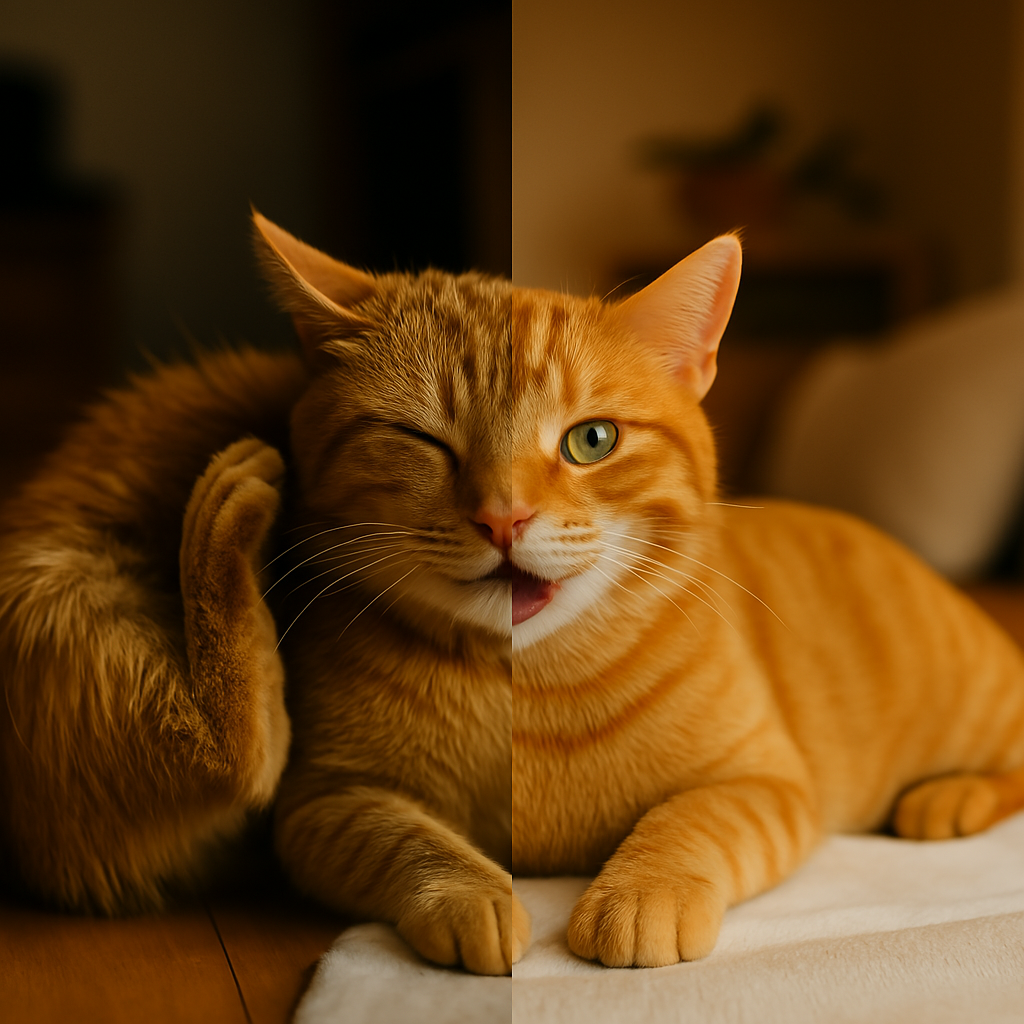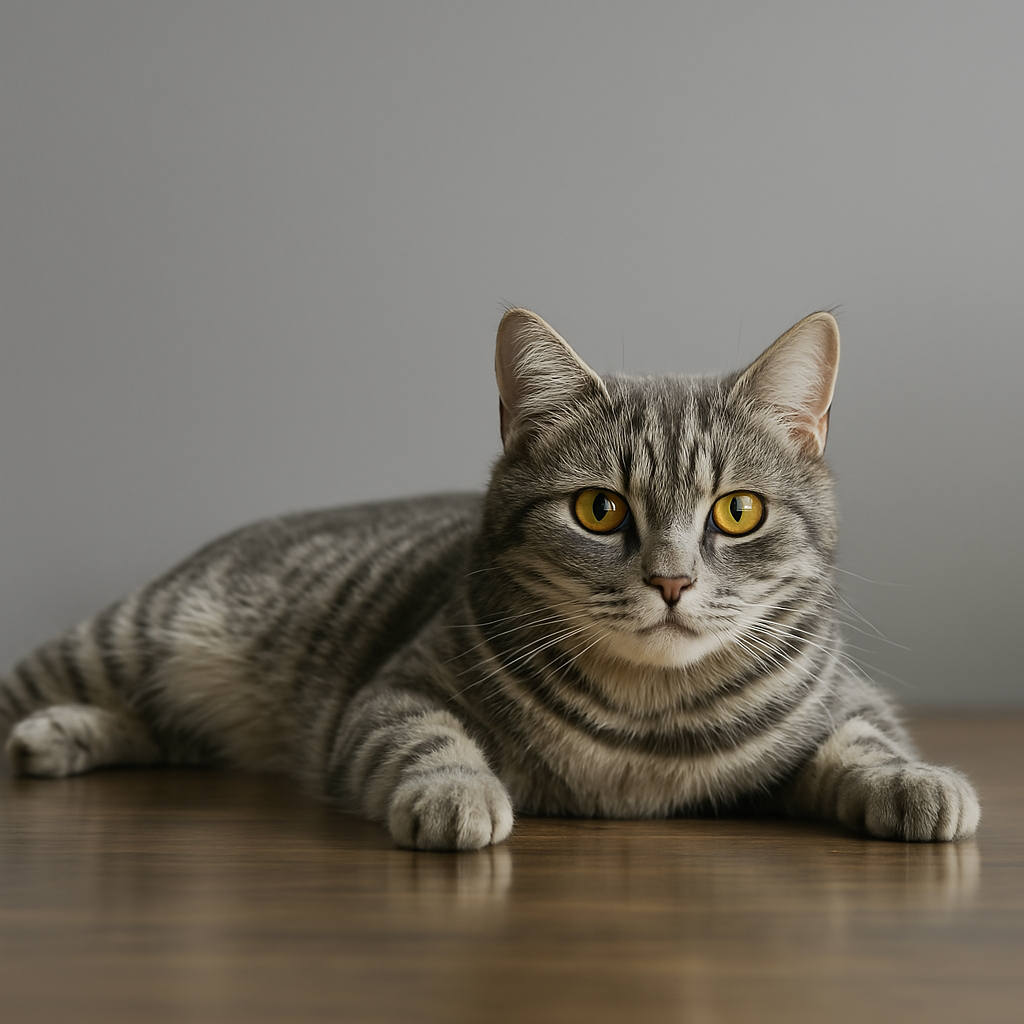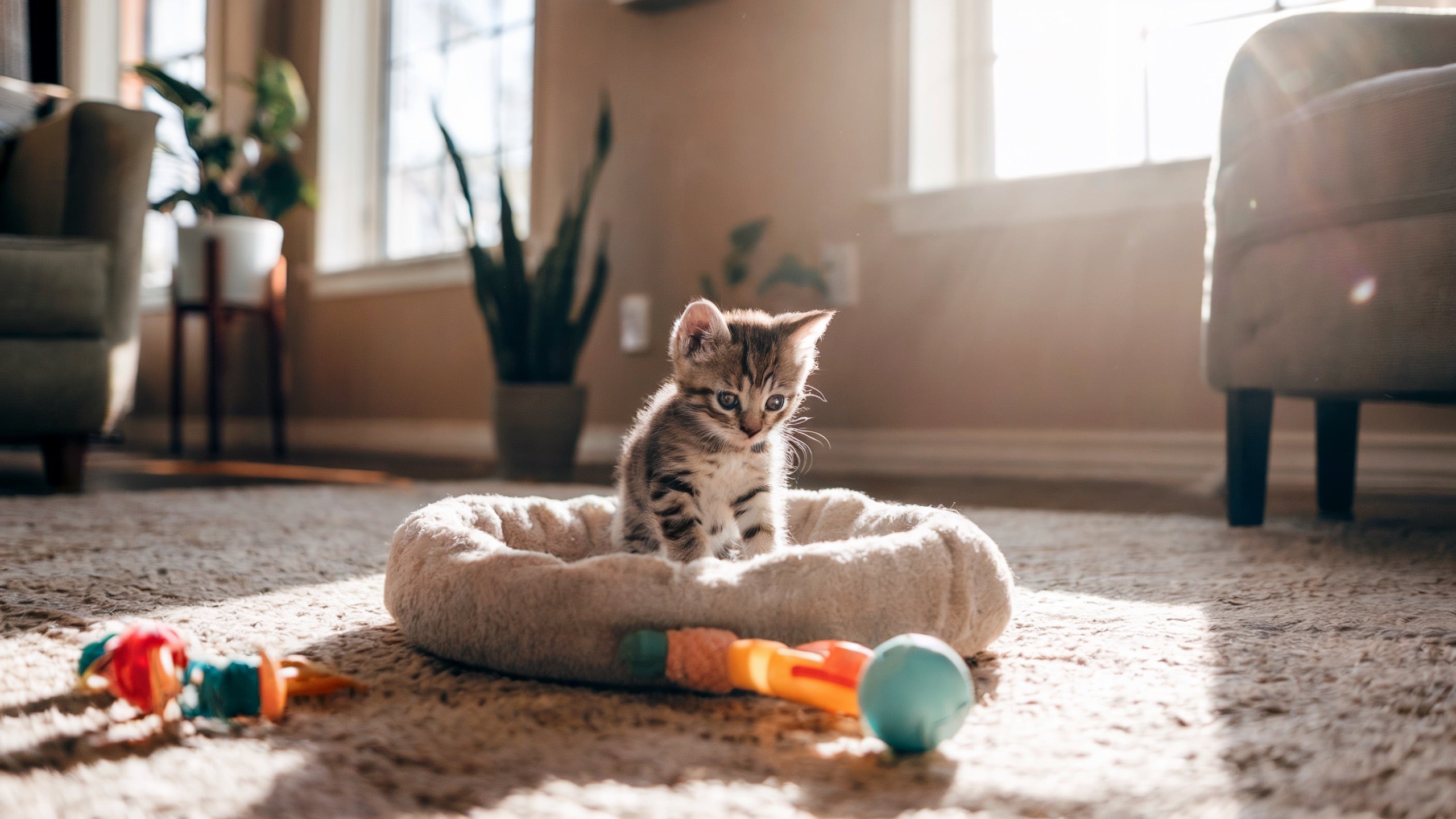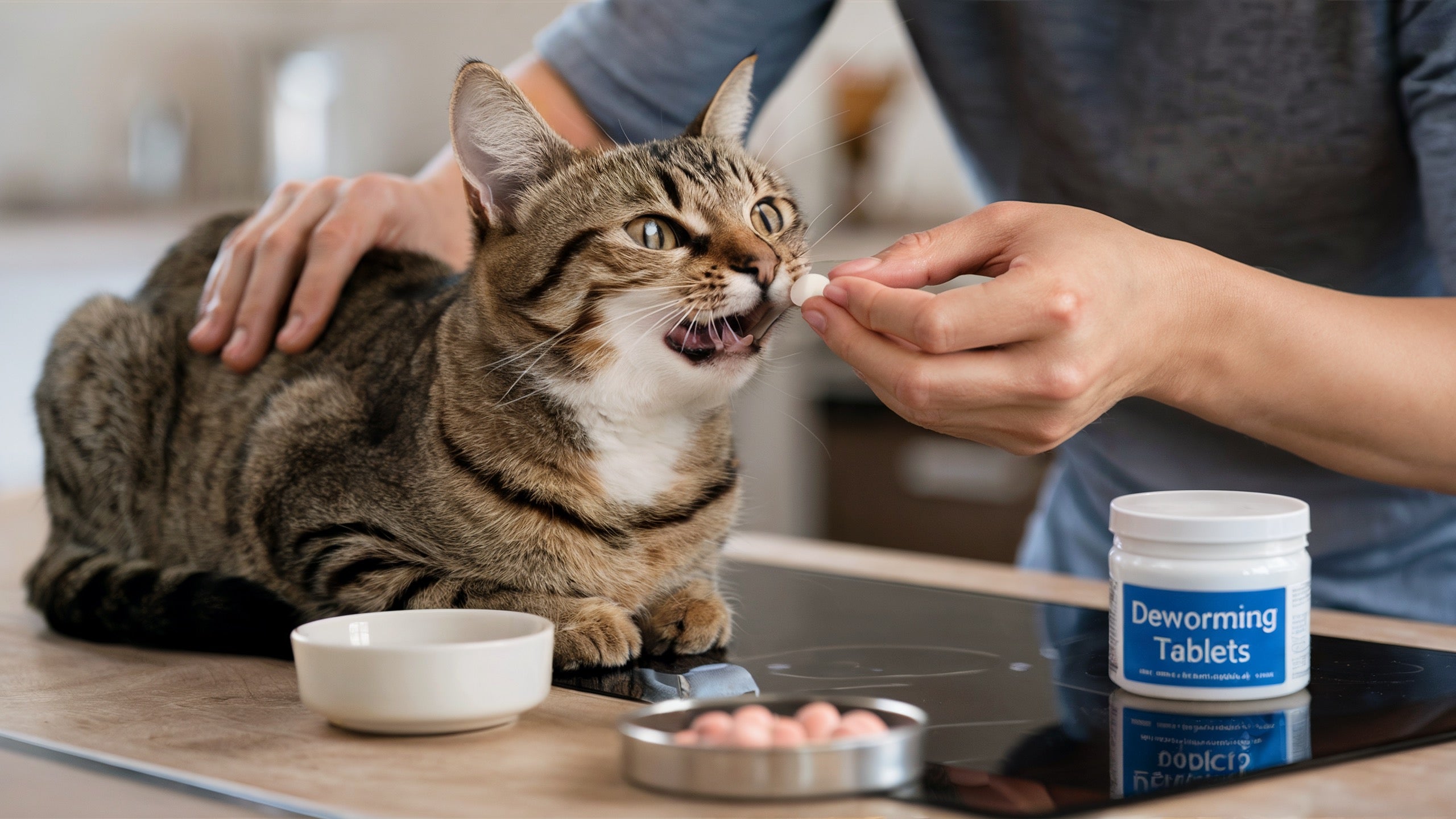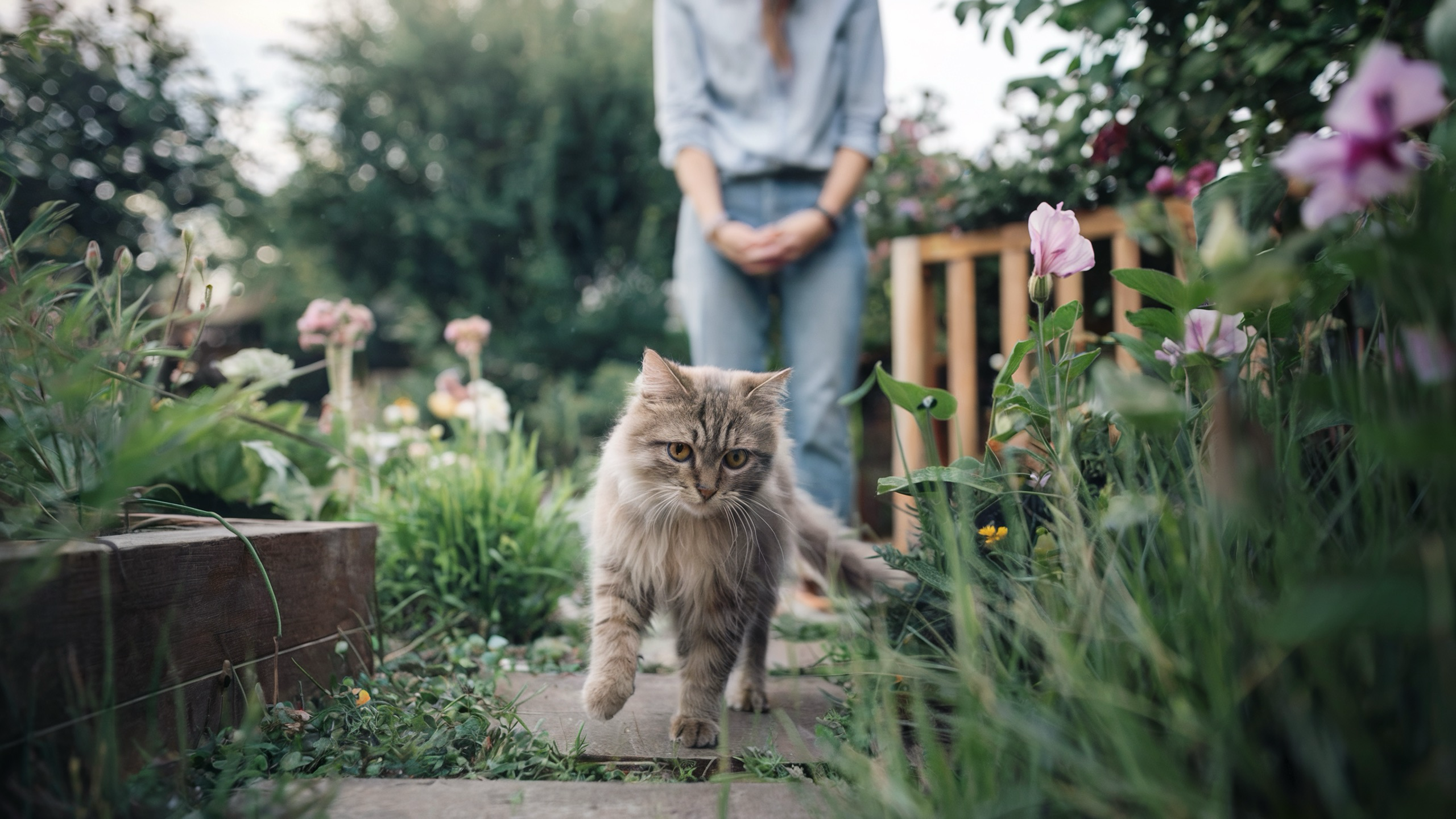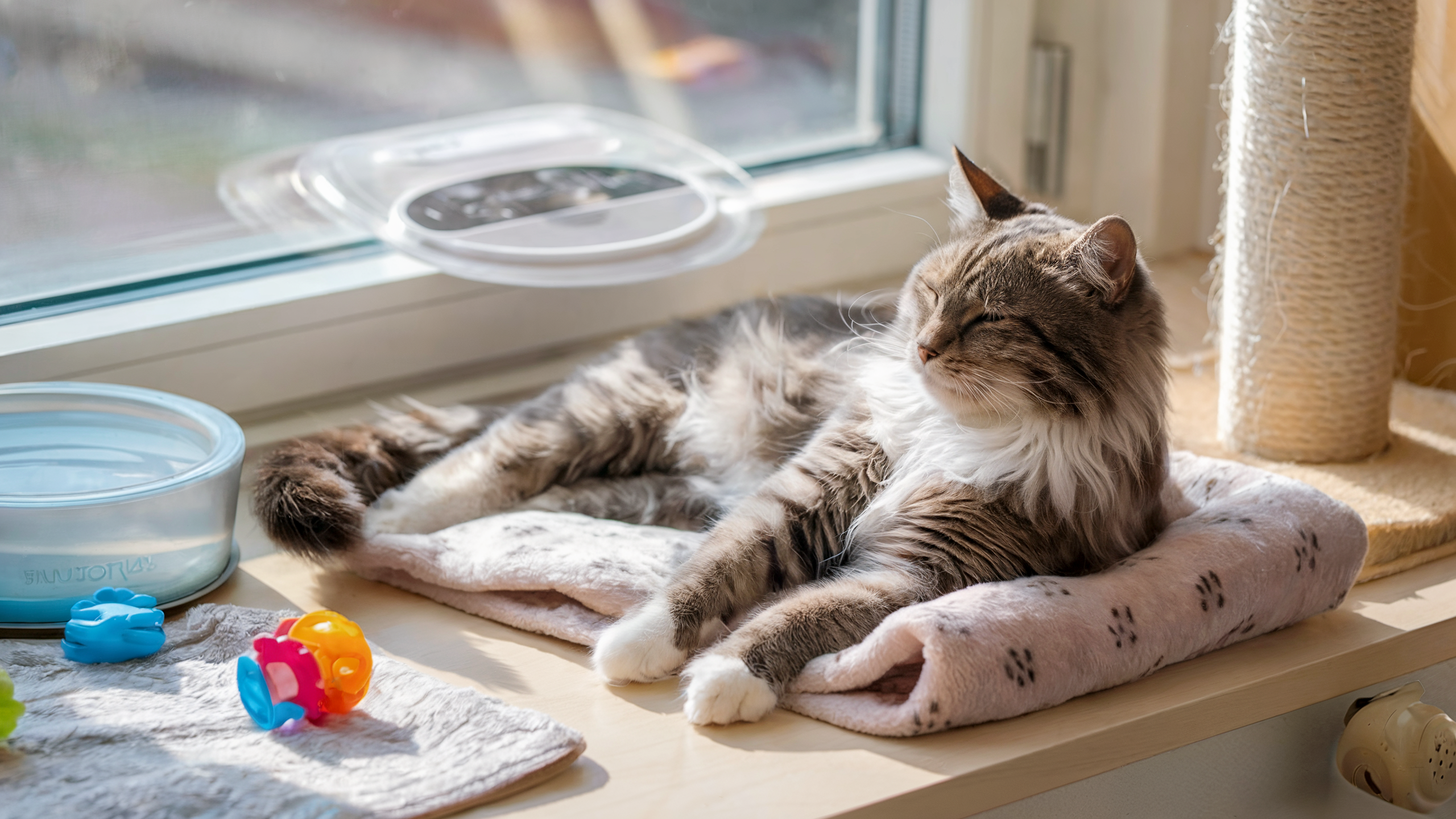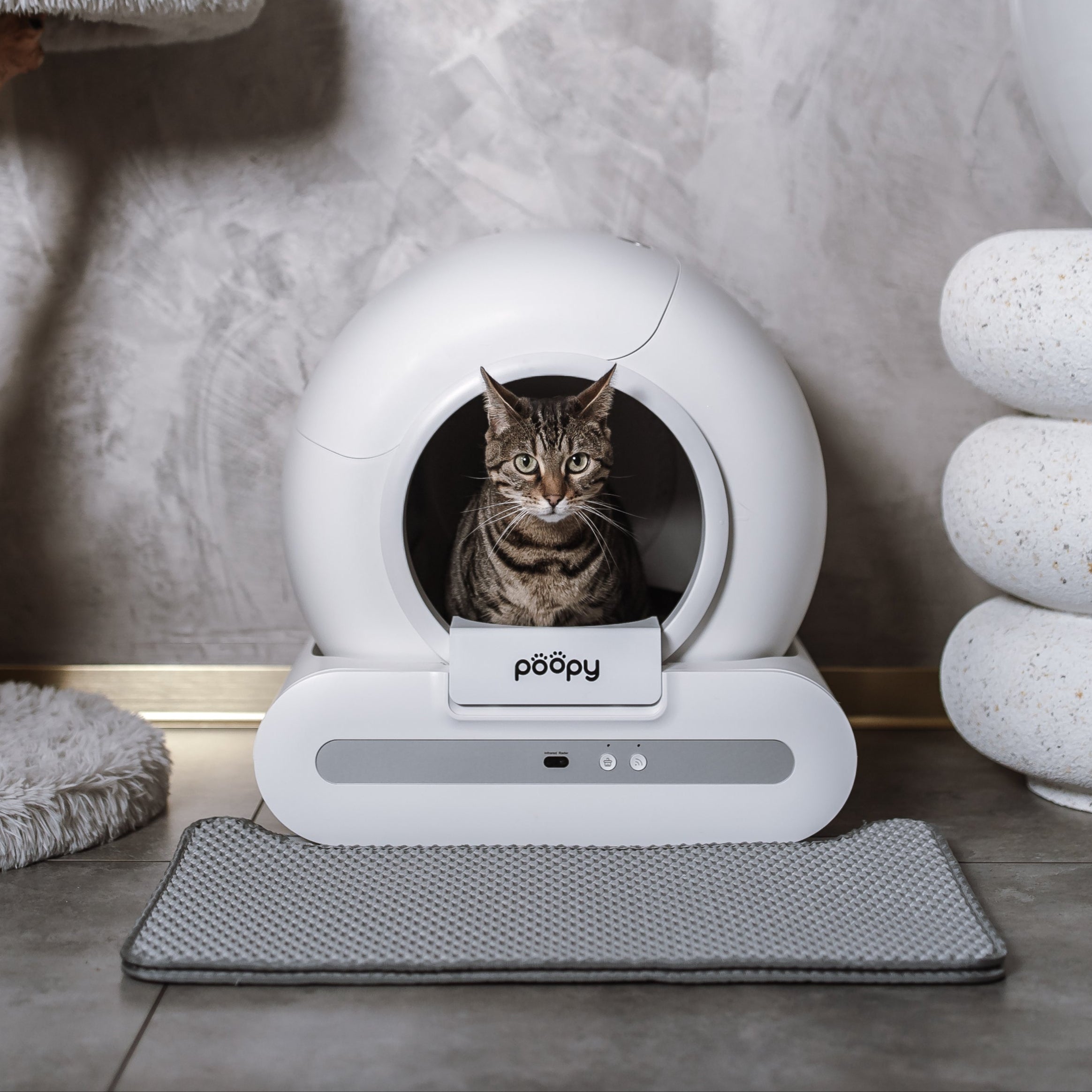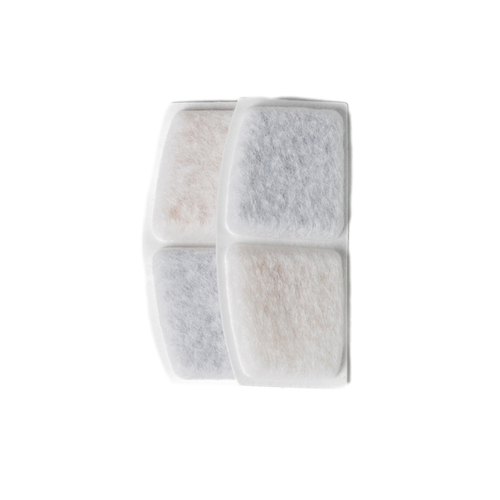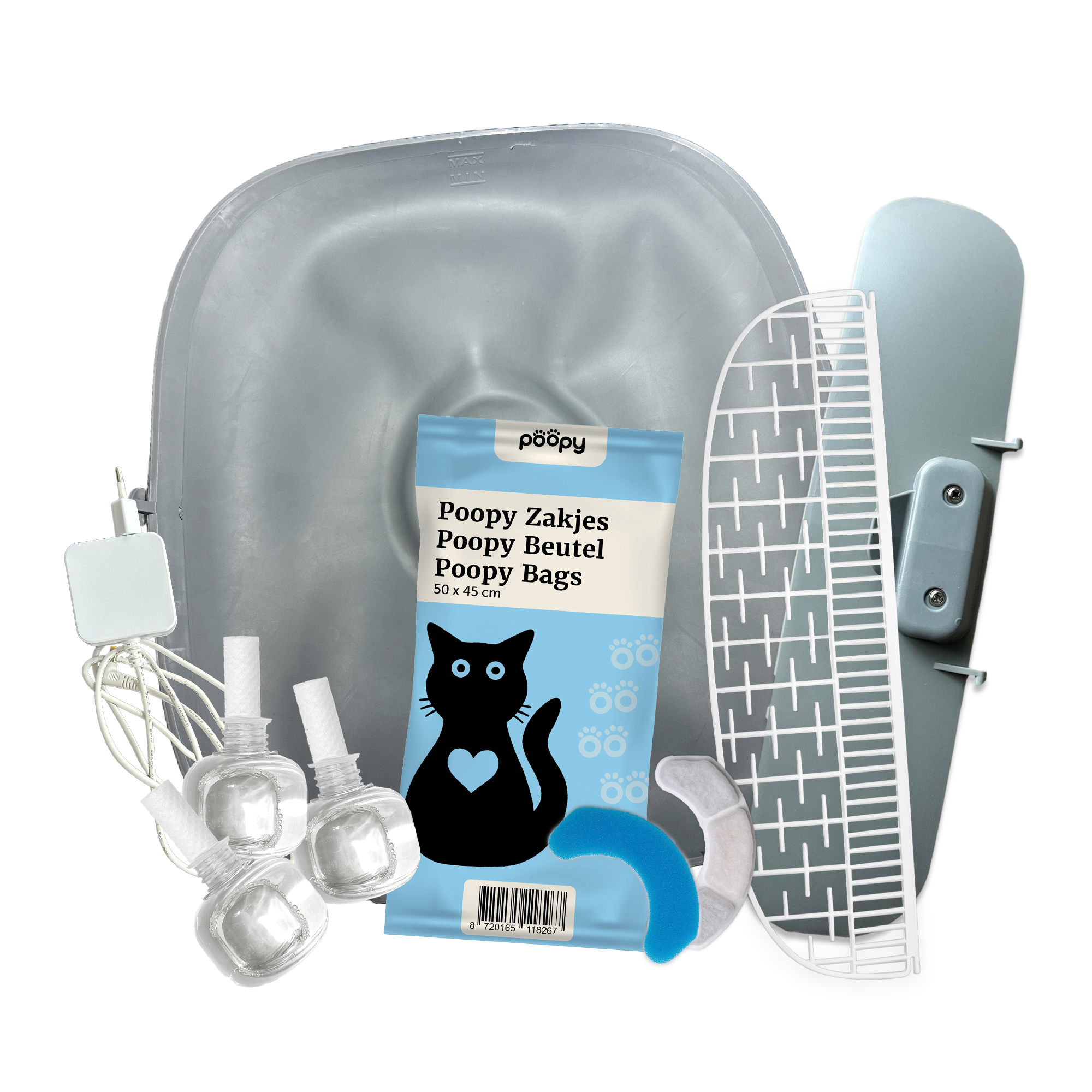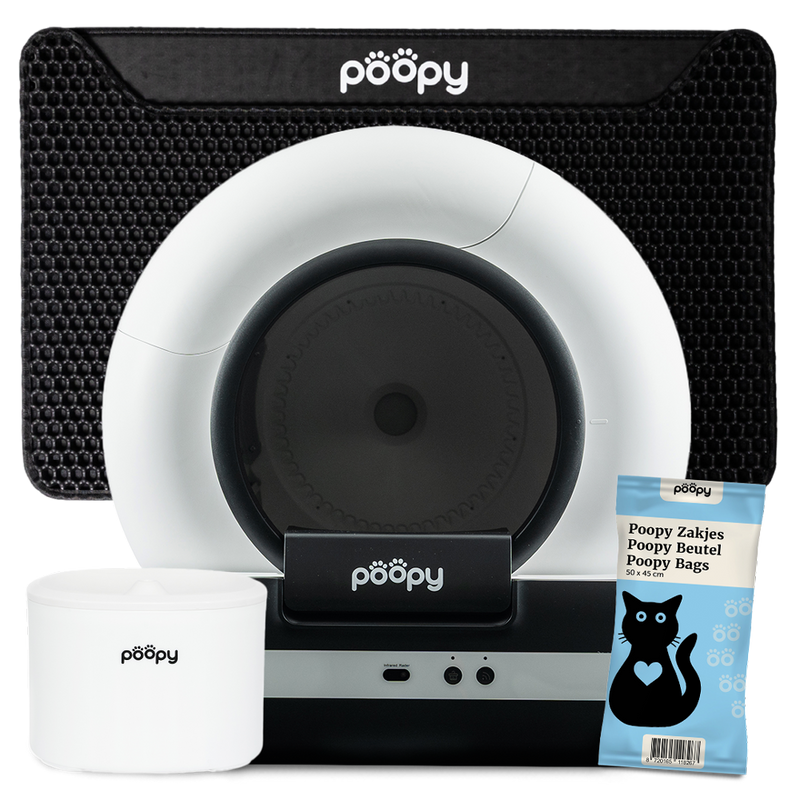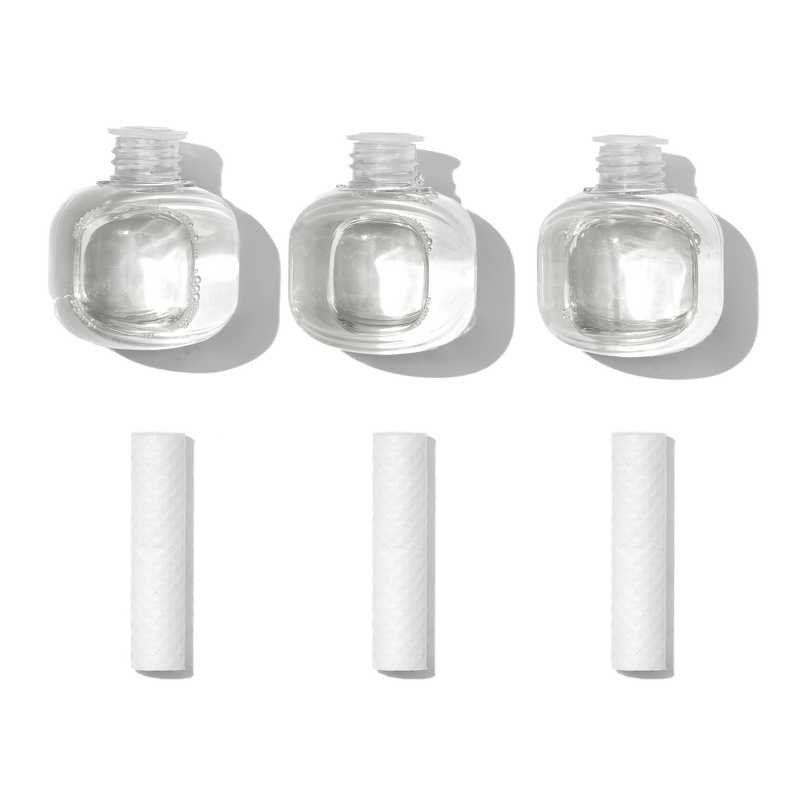What is diabetes in cats?
Diabetes - or diabetes mellitus - is a condition in which your cat chronically has too much glucose (sugar) in the blood. This is either because the body is not making enough insulin or because the cells no longer respond well to insulin. Insulin is a hormone that normally helps transport glucose from the blood to the cells. Without enough insulin, that sugar continues to float in the blood, leading to all sorts of symptoms.
Diabetes in cats is more common than you think - especially in older cats, male cats and overweight cats. Cats that get little exercise or are on certain medications (such as corticosteroids or the cat pill) for a long time are also at higher risk. Some diseases, such as acromegaly or Cushing's syndrome, may also play a role.
Without treatment, the cat's body becomes increasingly unbalanced. Sugar levels fluctuate, weight drops, and eventually this can lead to serious complications such as nerve damage, blindness or even coma. So you can see that you need to address Diabetes in your cat as soon as possible. Read on quickly!
How do you recognize diabetes in your cat?
As you read above, diabetes can have major consequences if left undetected and untreated. But the tricky thing is: the first symptoms are often subtle. Many owners don't notice something is wrong until late. That's why it's important to know what to look out for.
The most common signs are:
-
Drinking and urinating more often - Your cat suddenly hangs over its water box remarkably often or needs to go to the litter box more often.
-
Eating more, but still losing weight - It seems like your cat has a good appetite, yet you see him slowly losing weight.
-
Drowsiness or playing less - Your cat sleeps more than usual, avoids playtime or lies alone a lot.
-
Dull or thinner coat - The coat loses its luster, becomes sloppy or even falls out.
-
Sweetish smell - In advanced cases, the breath or coat may smell slightly sweetish, due to the buildup of sugars in the body.
The problem: These symptoms can also belong to other conditions - such as thyroid problems or kidney disease. Therefore, when in doubt, a visit to the veterinarian is essential. Especially if you recognize several of these symptoms, it is wise not to wait.
Many people think their cat is "just getting a little older," when in reality something serious is going on.
Later, I'll tell you exactly how a diagnosis is made - and why a single blood test is sometimes not enough.

How is diabetes diagnosed in cats?
If your cat shows multiple symptoms consistent with diabetes, it's time to visit the vet. And as you know by now: with diabetes, every day counts. But a diagnosis is not always clear at once.
Many people think that one blood test is enough - but with cats it works a little differently. In fact, cats can have temporarily elevated blood sugar levels due to stress. For example, due to the car ride or an exciting visit to the practice. Therefore, multiple measurements are needed to be truly certain.
It is usually diagnosed with:
-
Urinalysis - The presence of glucose in the urine is a first clue.
-
Blood test - This determines blood sugar levels.
-
Fructosamine value - This value shows how the blood sugar has behaved over the past few days. This allows the veterinarian to know whether it is a temporary spike or long-term diabetes.
In some cases, you may also be asked to take measurements yourself, just at home. This gives a more reliable picture because your cat will be in its own familiar environment.
So, good to know: a single result does not tell you enough. Diabetes is diagnosed only if the pattern remains the same over several days.
Later I will tell you exactly what the treatment looks like, and what to expect as an owner.
What does the treatment of diabetes in cats look like?
A cat with diabetes has a serious but fortunately treatable condition. Once diagnosed, it is important to start appropriate treatment immediately - as delay increases the risk of complications.
The standard treatment consists of two pillars:
1. Insulin injections
Most cats with diabetes need insulin. That means: An injection twice a day, usually after dinner. Sounds exciting, but many cat owners say in retrospect, "It was actually easier than I thought."
Your veterinarian will show you exactly how to do it. Often you use a thin needle and an insulin pen or syringe. After a few times, it's automatic. And important: it does not hurt your cat. Most cats hardly feel a thing.
2. Nutrition and structure
In addition to insulin, dietary modification is crucial. Cats with diabetes need a special diet with more protein and fewer carbohydrates. This diet helps keep blood sugar stable and prevents spikes after eating.
Structure is also essential:
- Fixed meal times (usually twice a day)
- Fixed insulin times
- Rest in daily rhythm
Your veterinarian will help you create a daily schedule that suits your cat and your life.
3. Regular checks
In the first weeks, the dosage of insulin is still being adjusted. This is why there are more frequent check-ups. Once everything is going well, a check-up every 3 to 6 months is sufficient. Sometimes you can also measure yourself at home with a glucose meter - this is more reliable and less stressful for your cat.
Tip from Poopy: Never just stop insulin, even if your cat seems to be feeling better again. Only a veterinarian can determine if tapering off is possible.
Now let's discuss what happens when you don't treat diabetes. Because unfortunately, it doesn't stop there with some more urination and slimming....
What happens if you don't treat diabetes in your cat?
It often starts innocently. Your cat drinks a little more, pees more often, loses weight ... but otherwise looks okay. Many owners then think, "We'll just keep an eye on it." But that's exactly the risk. Because diabetes doesn't go away by itself - it gets worse. And faster than you think.
Untreated diabetes
Without treatment, your cat's blood sugar remains chronically too high. That means:
- Cells do not receive energy
- Organs become damaged
-
The body breaks itself down
What you will see then:
- Severe weight loss (even if your cat eats well)
- Dehydration
- Braken
- Drowsiness or drowsy behavior
- Trembling muscles
-
Sweet smell from the mouth or fur
Eventually, this can lead to a life-threatening condition: diabetic ketoacidosis (DKA).. This is an emergency condition where your cat is in acute danger. Without prompt help, it can be fatal.
Read more about DKA in cats on this website (AniCura)
Invisible damage
Even if your cat does not suddenly collapse, there is often damage. For example, diabetes can cause long-term:
- Blindness caused by damage to the retina
- Weak hind legs due to nerve damage
- Chronic cystitis or kidney problems
-
Slower recovery in wounds
That's why it's crucial not to wait. The sooner you begin treatment, the more likely your cat can simply live a nice, long life. And in some cases - with proper nutrition and lifestyle - the diabetes may even go into remission.
In the next paragraph, therefore, we look at what you yourself can do to help your cat: prevention and support in daily life.
What can you do for a cat with diabetes?
If your cat has been diagnosed with diabetes has been diagnosed with diabetes, a new phase begins - not only for your cat, but also for you as its owner. Fortunately, you can do a lot yourself to support your cat and keep the course of the disease as stable as possible.
Structure is everything. Cats with diabetes benefit from a daily rhythm. Provide set meal times, always give medication at the same time, and try to avoid stress as much as possible. A calm environment contributes to more stable blood sugar levels.
Nutrition plays a key role. A cat with diabetes should not eat just anything. Choose special diet food that is low in carbohydrates and high in protein. These nutrients help keep blood sugar levels balanced. Discuss with your veterinarian which food is best for your cat - every cat is different.
Exercise helps. It may sound simple, but a cat that keeps moving daily is more likely to have stable sugar levels. Play with your cat for a while every day, offer challenging toys or let her run up and down the stairs a little more often. Small adjustments make a big difference.
Stay alert. Learn to recognize the signs of a hypo or hyper. Tremors, drowsiness or even fainting may indicate blood sugar levels that are too low. Restlessness or drowsiness can also indicate too high a level. Do you measure your own glucose at home? Then make sure you always have dextrose on hand for emergencies.
A cat with diabetes needs dedication - but the rewards are great. With proper care, your cat can remain healthy and happy for years to come.

Can you prevent diabetes in cats?
In some cases, yes. Diabetes in cats is often caused by obesity and not enough exercise. And that's exactly where you as the owner can make a difference.
A healthy weight is your greatest weapon. Don't let your cat eat unlimited amounts, weigh the food and choose food that fits her life stage. Older and neutered cats are especially at higher risk - for them, tailored nutrition is especially important.
Exercise is just as important. Play with your cat daily and make the house more interesting with scratching posts, play mats or food puzzles. An active cat is a healthier cat.
Watch for signs. Does your cat suddenly lose weight, urinate a lot or seem slower than usual? If so, don't wait too long - a quick diagnosis will make treatment much more effective.
In conclusion
A cat with diabetes requires a little extra attention, but with proper care, she can live happily ever after for years to come. By paying attention to nutrition, exercise and set routines, you'll help her body stay balanced - which is exactly what she needs.
Want to know more about cat health, behavior or nutrition?
Visit our Poopy reading corner and find out everything you need to know to keep your cat healthy and happy.



